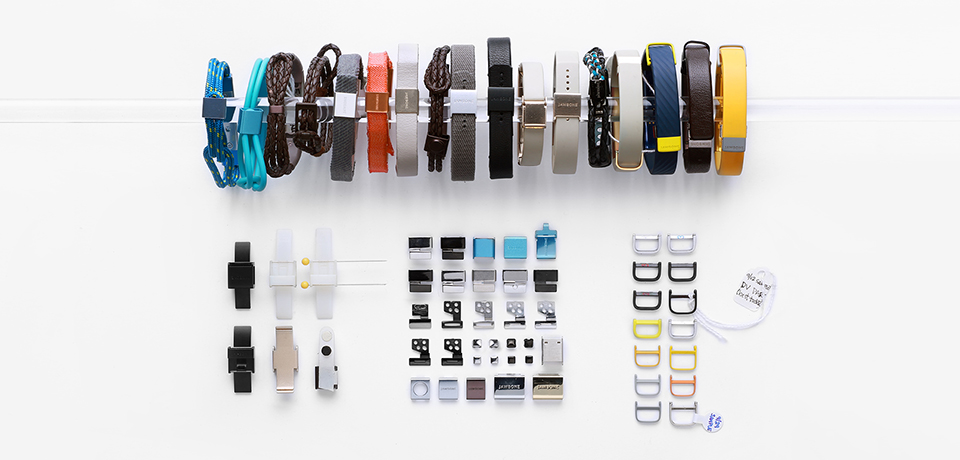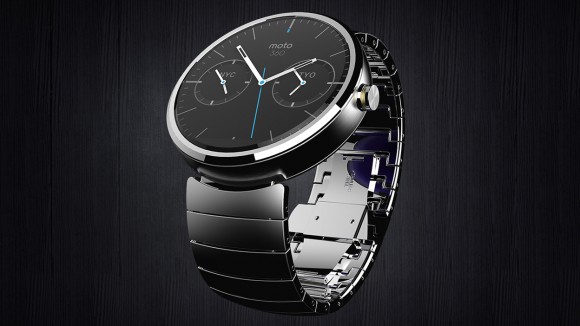
The AppAdvice week in review: Forgetting the Apple Watch
It may be getting colder in many parts of the United States, but in the world of wearable devices things are only getting hotter. Here are just a few of the stories that we covered during the week that was.
The state of wearables
I have no doubt that the Apple Watch is going to be awesome. At the same time, I am becoming increasingly concerned that Apple is giving competitors and near-competitors alike way too much time to leave their own mark on the wearable marketplace.
Last month, Fitbit unveiled the Charge, Charge HR, and Surge, which you won’t be able to buy at Apple retail stores. Last week, it was the Microsoft Band. On Wednesday, Jawbone introduced the UP3 and UP Move.
These aren’t smart watches, of course, but rather fitness trackers. Competitors have these covered too.
This week, Samsung released the curvy Gear S, the first smart watch that features a 3G wireless radio. This will soon be followed by the LG G-R.
My vote for the best tech product of the year goes to the Moto 360, the first Android wearable that has actually gained traction in the marketplace.
This Apple fan actually purchased a Moto 360, which is paired with my LG G3. My verdict: the Moto 360 is terrific and keeps getting better with each software update. (Thanks for the battery improvements, Motorola.)
I’ll say it again: Apple Watch is going to be awesome. I just wish all that awesomeness was happening sooner.
This week, Apple retail chief Angela Ahrendts told employees the Apple Watch was “coming in the spring.” And it looks like some of the Apple Watches will be very, very expensive.
What’s taking so long, Apple?
Is there a problem with the iPhone 6 and iPhone 6 Plus?
The iPhone 6 and iPhone 6 Plus continue to fly off the shelves, nearly two months after they were first released. Still, trouble could be brewing for Apple’s current-generation handsets.
An unconfirmed report this week said that memory issues have forced Apple to change to a different type of NAND flash technology on newly produced iPhone 6 and iPhone 6 Plus units. The move comes as some early adopters have experienced crashing and boot loop issues with the higher capacity versions of both handsets.
At launch, Apple’s new handsets featured TLC (triple-level cell) NAND flash memory built by Anobit, a company that Apple acquired in 2011. This type of NAND can store more data in a smaller space. It is also slower than other NAND flash technologies.
Moving forward, Apple is said to have switched to MLC (multi-level cell) NAND flash in the 64GB iPhone 6 and 128GB iPhone 6 Plus.
Apple wouldn’t confirm that a hardware change has been made. Sources close to the company have told AppleInsider that user-reported issues with large capacity iPhone 6 models are “very rare,” and that the company does not have any plans to recall the phones due to “faulty hardware.”
Link roundup
Some of our most popular articles from the past week are as follows:
- Amazon unveils Echo, a speaker featuring a Siri-like voice activated assistant
- Aaron Sorkin discusses the upcoming Steve Jobs biopic in a new interview
- You can’t even pay people to use a Microsoft Surface
- Are 3-D enabled iPhones in our future?
- Russia takes down a monument honoring Steve Jobs because Tim Cook is gay
- Viddy set to shut down as developer Supernova seeks to redefine youth entertainment







